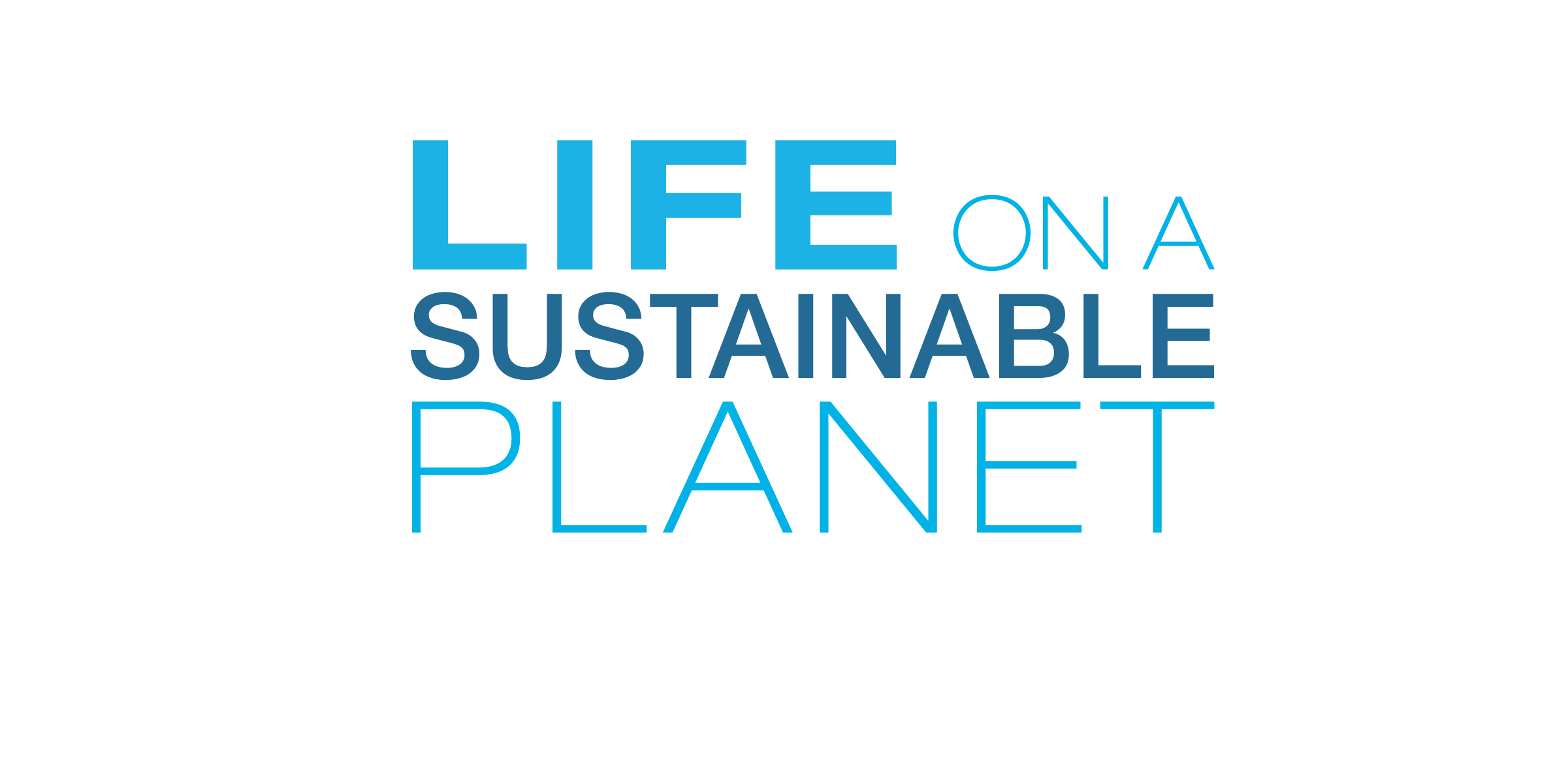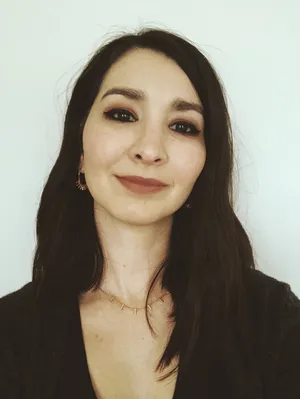Empowering Pastoralists and Hunter-Gatherers for Conservation in Tanzania
Paine Makko is the executive director of the Ujamaa Community Resource Team (UCRT) and a committed advocate for Indigenous Peoples in Tanzania. UCRT is a non-profit environmental and social justice organization that aims to empower Indigenous communities and secure their rights to land and sustainability. Makko combines both her experience as a pastoralist and her educational background in social work and sustainable development to develop solutions that work for both people and the planet. In addition to supporting Indigenous groups as a whole, Makko is also passionate about female empowerment in conservation and Indigenous spaces.
/https://tf-cmsv2-smithsonianmag-media.s3.amazonaws.com/blogging/featured/IMG_0857_004.JPG)
Paine Makko is the executive director of the Ujamaa Community Resource Team (UCRT) and a committed advocate for Indigenous Peoples in Tanzania. UCRT is a non-profit environmental and social justice organization that aims to empower Indigenous communities and secure their rights to land and sustainability. Makko combines both her experience as a pastoralist and her educational background in social work and sustainable development to develop solutions that work for both people and the planet. In addition to supporting Indigenous groups as a whole, Makko is also passionate about female empowerment in conservation and Indigenous spaces.
Paine was a recent panelist for the Maliasili Community-Led Conservation in Africa event during Earth Optimism’s 2021 Earth Month celebration. Here she talks to us more about her work with URCT and the importance of community-led conservation.
What inspired you to start a career in conservation?
I come from Tanzania, which hosts some of Africa’s famous wildlife habitats, such as the Ngorongoro Crater and The Serengeti. When I was young, I would wake up early in the morning and watch as the rising sun shines on the plains, where I enjoyed watching giraffes cross the plains against the sunrise. I have never forgotten this scene. People and wild animals can coexist in the same environment in harmony – all they need is open, secure, and healthy land that benefits both wildlife and people. I vowed then that if I get an opportunity, I would love to work with something related to this.
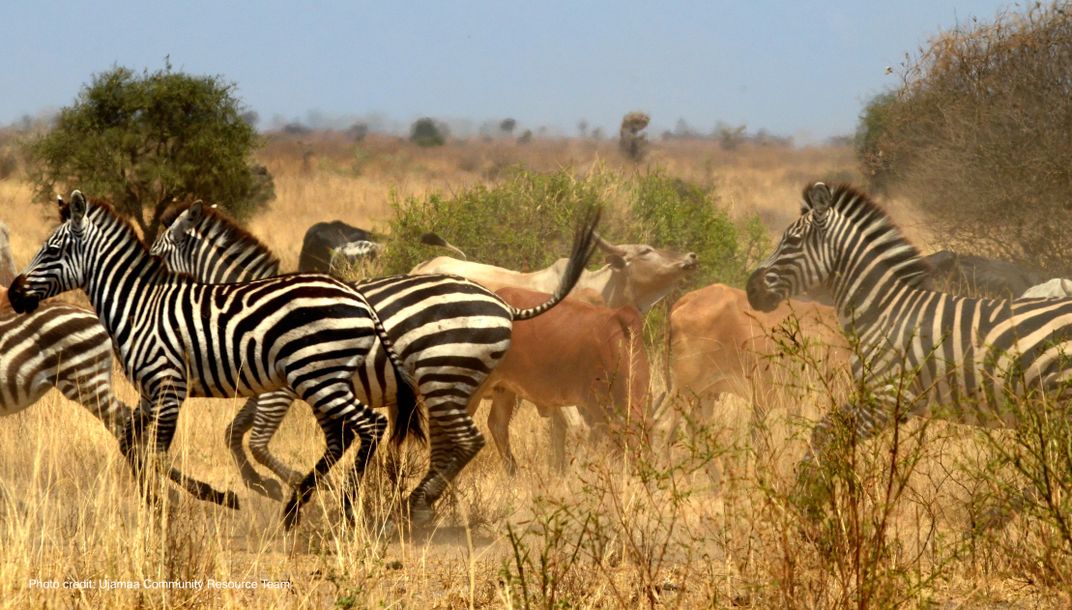
How is the changing climate impacting pastoral and hunter-gatherer communities in Tanzania?
Tanzania is highly vulnerable to climate change like many other parts of the world. Land degradation is impacted, among others, by climate change. Deforestation, poor farming practices, and overgrazing are some of the key causes of land degradation in Tanzania. As temperatures continue to rise globally, drought conditions that already affect Tanzania are likely to worsen, affecting water availability. Pastoralists and hunter-gatherers will also be adversely affected by these climatic change situations, being forced to move to other areas in search of greener pastures, honey, roots, and tubers, adding to possible land conflicts. Intense drought has led to the loss of livestock, hunger and starvation, and even disruption of social cohesion among these communities.
Tell us about using community-led conservation methods in your work.
The communities we work with are friends with Nature because they derive their livelihoods from it. Pastoralists and hunter-gatherers use the land and natural resources communally which is friendly to wildlife because the land is open and natural. Based on this situation, it is crucial that:
1. Land tenure is legally secured for communities.
2. Governing structures not only exist but are empowered to undertake their roles and responsibilities in managing, protecting land and natural resources
3. Communities have the capacity to manage existing Natural Resources
4. Lastly, communities benefit from nature – this enhances protection and management
Using these methods enriches biodiversity instead of losing it, meaning it benefits both the environment, wildlife, and people.
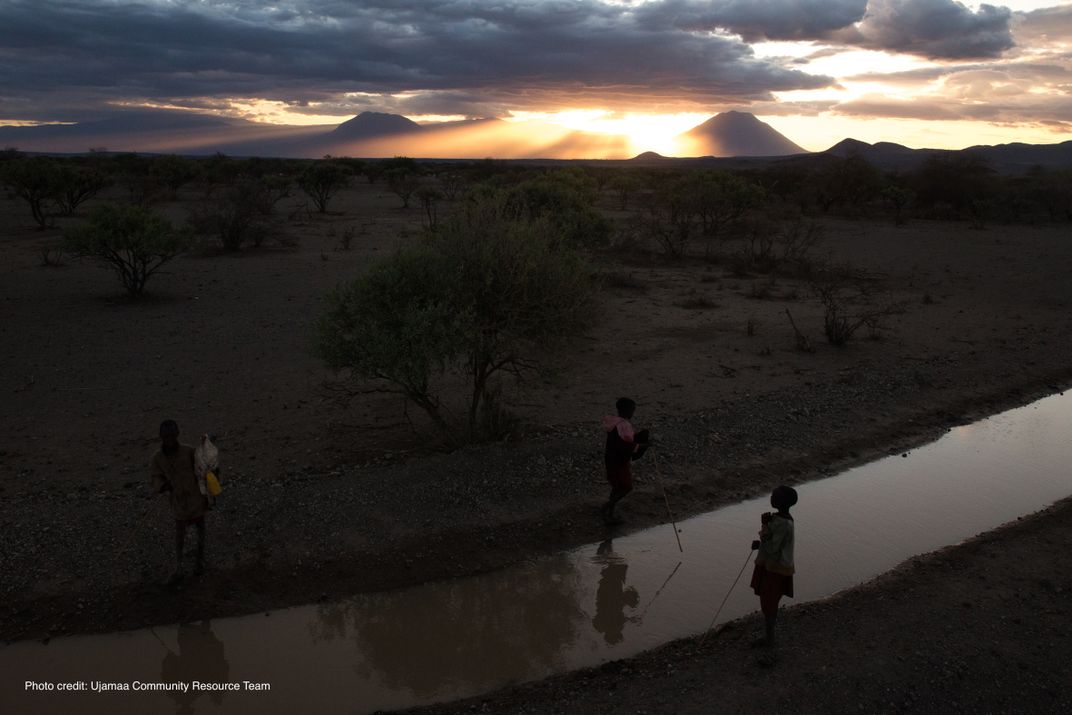
Can you describe the importance of female involvement in conservation? How is UCRT advocating for women?
Land conservation and restoration are critical to achieving economic growth and conserving the biodiversity and ecosystems that are vital for ensuring human well-being. Women are an equal part of protection, management, and benefits accrued from land and natural resources. Cultural practices, on the other hand, do not support and uphold the same belief; hence women tend to lose in conservation decision-making. UCRT developed a women’s rights and leadership Forum platform to try and ensure that women are equal parties to the protection, management, and benefits of environmental resources and are included in the decision-making bodies. UCRT does this by ensuring women are knowledgeable about laws and policies governing land and natural resources, women take part in leadership, women have access to economic opportunities, and that women are united to form a social support network to advocate for their own rights.
Can you share a success story from your organization?
The Yaeda Lake Eyasi ecosystem is the homeland to Hadzabe hunter-gatherers, who total only about 1,300. It’s a community that, to date, depends on the hunting and gathering economy, and their lifestyle is nomadic. This lifestyle ensures the land has time to re-generate. When the Hadzabe return to the land months or years later, the land has regenerated, and resources are abundant. Since 2011, Ujamaa Community Resource Team, with support from several organisations, has been helping the Hadzabe secure rights to land. Over a period of more than ten years, we were able to support these communities legally secure 121,602 hectares of communal Land connected to very famous wildlife areas such as the Ngrongoro Conservation Area. It means the mobility of indigenous people and wildlife is enhanced for survival.
Well-planned and organized land and natural resources systems are attractive to investors. Therefore, over time, Yaeda and Mang’ola increased tourism revenue from tourists who not only visit to see wildlife and the beautiful landscape scenery but also the lifestyle and culture of the people. Business companies such as Carbon Tanzania were also able to enter into an agreement with communities to sell carbon offset. This income is used by communities to enhance community social services.
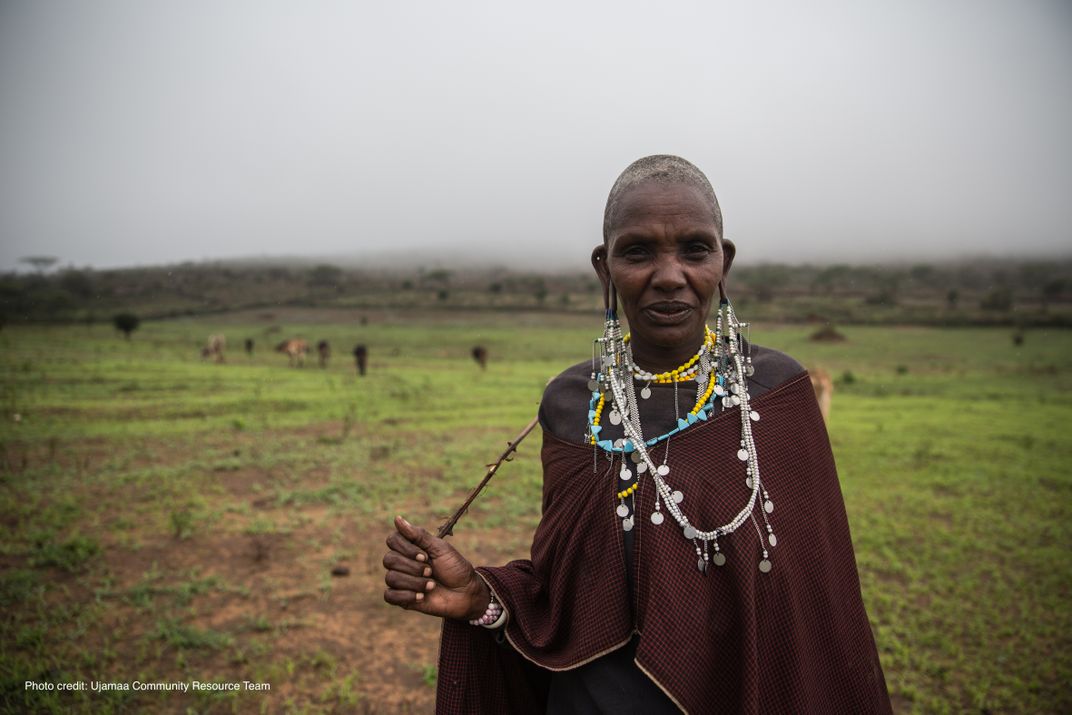
What makes you optimistic about the future of our planet?
The conservation perspective is shifting to recognize the efforts made by local communities that also own the majority of this land. Conservation is becoming more and more inclusive, and this supports nature.
